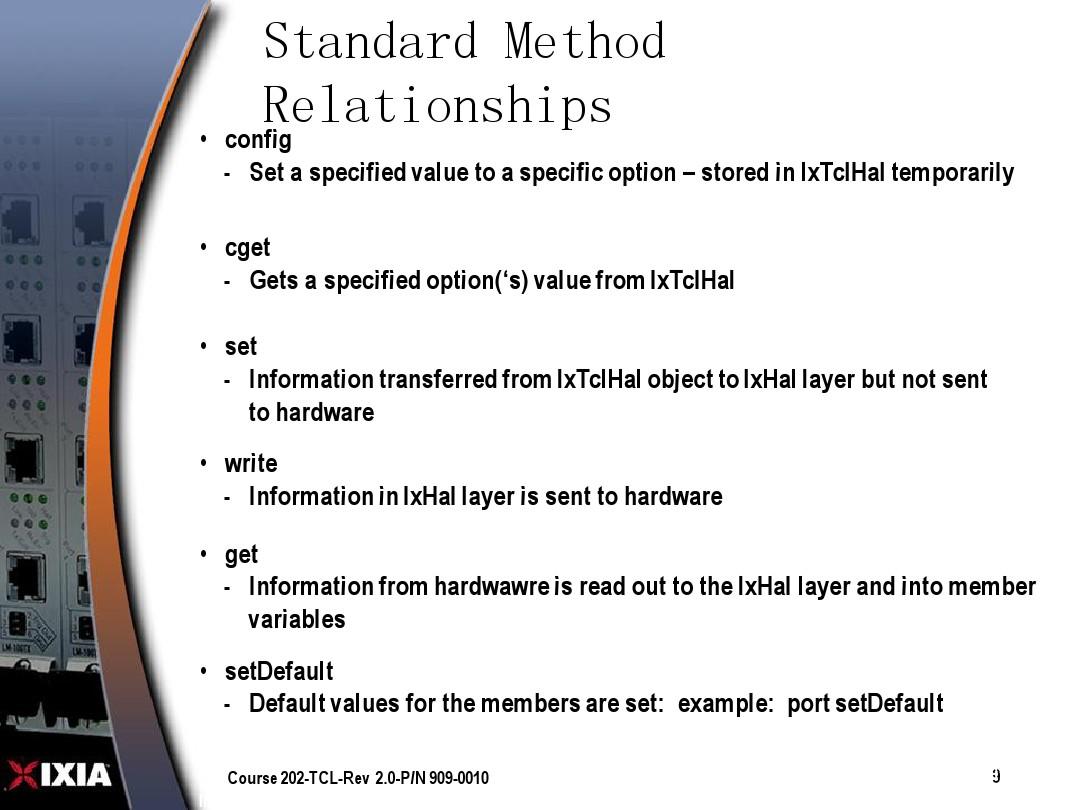Title: Silk Identification Methods
Silk Identification MethodsSilk is a natural protein fiber produced by certain insects, primarily those of the silkworm genus. Its identification is crucial in various fields, such as textile manufacturing, clothing production, and scientific research. There are several methods to identify silk, each with its own advantages and limitations.One common method is to examine the fiber's physical characteristics. Silk fibers are often thin, smooth, and have a unique sheen to them. They also tend to have a higher density than other fibers, which can be felt when touched. However, these characteristics can also be found in other fibers, so this method alone is not always reliable.Another method is to test the fiber's chemical properties. Silk contains specific proteins that can be identified through chemical tests. These tests are more accurate than physical examination but can be complex and time-consuming.In addition, there are also optical methods to identify silk. These involve using microscopes or other optical instruments to examine the fiber's structure and composition. These methods are highly accurate but require specialized equipment and training.Overall, the identification of silk fibers requires a combination of physical, chemical, and optical methods to ensure accuracy and reliability. The choice of method depends on the specific application and the characteristics of the fiber being tested.
Silk, a natural protein fiber, is renowned for its unique texture, durability, and beauty. It has been used for centuries in clothing, accessories, and even in the medical field. However, with the rise of synthetic materials that imitate silk, it has become increasingly difficult to identify the real thing. In this article, we will explore several silk identification methods to help you ensure you are purchasing or using the genuine article.
1、Visual Inspection
The first and most basic silk identification method is visual inspection. Real silk often has a sleek and shiny appearance. The color of silk may vary from light to dark, but it should always be consistent throughout the fiber. If you notice any spots or discolorations in the silk, it could be a sign of poor quality or fake silk.

2、Texture Check
Another silk identification method is to feel the texture of the material. Real silk has a smooth and soft texture that is unique to the fiber. It should also be relatively strong and resistant to tearing. If the material feels rough or weak, it is likely not real silk.
3、Burn Test
One of the most reliable silk identification methods is the burn test. This test involves taking a small piece of the material and burning it with a flame. Real silk will burn with a slight hissing sound and leave behind a small amount of black ash. Synthetic materials, on the other hand, will often burn with a louder flame and leave behind more ash.

4、Chemical Testing
Chemical testing is another reliable silk identification method. This test involves using chemicals to identify the presence of silk protein in the material. There are several commercial silk testing kits available that can help you determine if a material contains real silk or not.
5、Consulting an Expert
If you are still unsure about the authenticity of your silk material, consulting an expert can be a good option. Textile experts can often identify real silk from synthetic materials with their trained eye and knowledge of textile fibers. They may also be able to provide you with more detailed information about the quality of your silk material.

In conclusion, there are several silk identification methods that you can use to ensure you are using or purchasing real silk. From visual inspection to chemical testing, these methods will help you make an informed decision about the authenticity of your silk material. Remember, when in doubt, always consult an expert for peace of mind.
Articles related to the knowledge points of this article:
Title: The Art of Tying a Tie: A Guide to Mastering the Perfect Bow
What are the Best Brands of羽绒服?
DIY a Winter Jacket: A Step-by-Step Guide
The Ultimate Guide to Large Fur-Collared Down Jackets
Title: The Ultimate Guide to Styling Scarves: A Comprehensive Collection of Knotting Techniques



